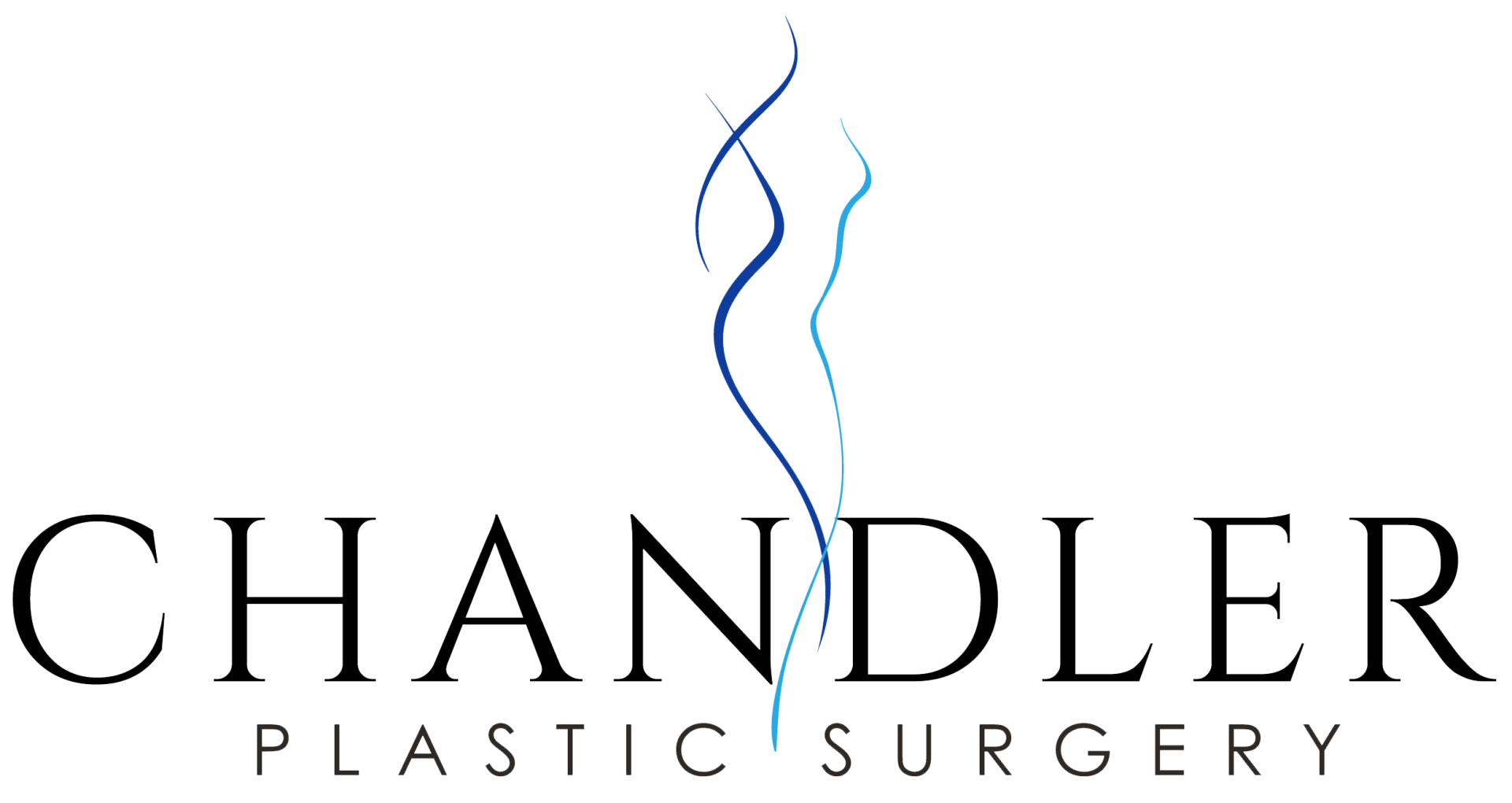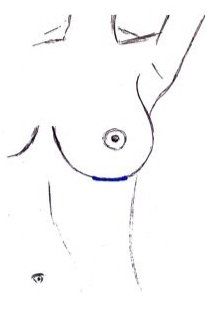BREAST AUGMENTATION
Breast Augmentation in Fairfield County
Dr. Chandler performs breast augmentations in Fairfield County using the latest implant technology and special techniques designed to minimize complications. Breast augmentation is a surgical technique using implants to improve the size and shape of the breasts. However, the procedure involves much more than that. There are various artistic nuances involved in creating the ideal implant pocket and choosing the appropriate implant type for each individual.
There are many decisions to make when moving forward with breast augmentation surgery. Choices include saline implants vs. silicone implants, submuscular vs. subglandular tissue plane, incision location, shape and size of implants, implant surface texture, fill percentage and gel cohesivity. During your consultation, Dr. Chandler will take measurements and analyze your breast anatomy, go over your individual preferences and have a full discussion with you about the pros and cons of all options available to you. Dr. Chandler is the author and creator of our sister website, www.breastimplantinquiry.com, an educational website about breast augmentation and reconstruction.
Saline vs. Silicone
Dr. Chandler performs breast augmentation in Fairfield County with both saline and silicone implants. The choice of saline vs. silicone depends on your individual goals and your breast characteristics. See www.breastimplantinquiry.com/salinevssilicone
for more details about choosing saline vs. silicone implants. Both saline and silicone breast implants are offered at our Fairfield County, Connecticut office and we can help you select the one best suited to your individual needs.
Silicone Implants
| Pros | Cons |
|---|---|
| Light and natural feel | Rupture is more difficult to diagnose (cohesive gel maintains integrity after rupture |
| Aesthetic appearance | Placement requires a larger incision (~5 cm) |
| Less likely to cause rippling | May get cold after swimming |
| More choices regarding gel cohesivity and amount of filling | More expensive initial fee and maintenance |
Saline Implants
| Pros | Cons |
|---|---|
| Easy rupture detection | Heavier and less compressible so tend to feel more firm |
| Can be placed through a smaller incision (3-4 cm) | Less aesthetically pleasing |
| Does not get cold after swimming | May be more likely to cause rippling |
| Less expensive | May be slightly more likely to rupture (especially if underfilled) |
Subglandular vs. Submuscular Tissue Plane
- Subglandular placement means the implant lies over the pectoralis major muscle (the main chest muscle that moves your shoulder) and beneath the breast tissue.
- Submuscular placement means the implant lies beneath both the breast tissue and the muscle.
There are advantages and disadvantages to both tissue planes. The most appropriate choice will depend on the thickness of tissue expected to surround your implant and your personal preferences. For a detailed discussion about the differences between subglandular and submuscular implant placement, see www.breastimplantinquiry.com/subglandularvssubmuscular.
Subglandular Placement
| Pros | Cons |
|---|---|
| Anatomic implant position (in the same plane as the breast tissue) | Higher risk for implant visibility if there is insufficient tissue over the implant |
| More potential for a “lift” | Some discussion about increased risk for capsular contracture |
| More potential for midline cleavage |
Submuscular Placement
| Pros | Cons |
|---|---|
| Provides another layer of tissue cover over the implant to reduce risk of visibility | Risk for animation deformity |
| Some discussion about decreased risk for capsular contracture | May displace implants laterally with a less projected aesthetic |
| May be easier to visualize breast tissue on imaging studies | More difficult to achieve midline cleavage |
Incision Location
Historically, possible incisions include inframammary, periareolar, transaxillary or transumbilical. There are advantages and disadvantages to each option.
- Inframammary: This incision is about 5 cm long for silicone implants, or slightly shorter for saline implants. The incision is located within or slightly above the inframammary crease (the lower breast crease). The scar is fairly well hidden underneath the breast. Some studies have found a lower risk of capsular contracture with this approach compared to periareolar and transaxillary incisions. This may be because the incision is kept away from the nipple, which is thought to increase risk of contamination of the implant from bacteria in or around the nipple.
- Periareolar: This incision is located on the underside of the areola at the junction of skin and areola. It usually spans about one half the diameter of the areola, or slightly shorter than this. The incision is somewhat hidden in the border of the areola, but will look different from the normal border of skin and areola after it heals completely. There is some discussion about whether or not this approach increases risk for capsular contracture through contamination of the implant from bacteria on the nipple.
- Transaxillary and Transumbilical: Dr. Chandler does not perform transaxillary or transumbilical implant placement, because these techniques can create more potential for bleeding and due to lack of visibility, the breast pocket creation is not ideal.
Read more at https://breastimplantinquiry.com/incisions
BREAST AUGMENATATION Q&A:
What are the risks involved in breast augmentation surgery?
While complications after breast augmentation are rare, the surgery does carry some risks, which are important to understand prior to surgery. Implant complications include implant rupture, malposition, asymmetry, infection and capsular contracture. Other possible risks include reduced ability to breast feed and nipple sensory changes, with an increase or, more commonly, a decrease in sensation.
Is there a difference in risk for implant rupture between saline and silicone?
Rupture risk is rare for both saline and silicone implants. However, both types of implants carry some risk for rupture. With saline implants you know it right away because the saline spills out of the implant immediately, even if there is only a tiny break in the implant. New silicone implants contain a cohesive gel that does not cause implant deflation the way saline does. In fact, you are very likely to have no symptoms at all! Initially, rupture risk for both saline and silicone implants is very low, and begins to increase at around 6–8 years after surgery. However, the FDA recommends periodic MRI screening for rupture if you have a silicone implant, timed at 3 years after surgery and every 2 years thereafter.
Will insurance cover surgery for capsular contracture?
Insurance companies will usually cover surgery to treat severe capsular contracture (Baker 3 or Baker 4 - referring to visible or painful distortion of the breast due to the contracture).
What about textured implants ant BIA-ALCL?
Textured implants have a surface coating that is rough, the purpose of which is to allow the implant to stick to the surrounding tissues. The idea is to reduce risk of implant malposition (movement or rotation of the implant out of position) and capsular contracture.
Most plastic surgeons are no longer using textured implants due to an association between these implants and BIA-ALCL. BIA-ALCL stands for breast implant-associated anaplastic large cell lymphoma, which is a rare and treatable type of T-cell lymphoma that has been reported to develop around textured breast implants.
Read more about implant safety at https://breastimplantinquiry.com/implant-safety.
Where can I have a breast augmentation in Fairfield County?
At Chandler Plastic Surgery, we are dedicated to providing you with a comfortable experience throughout all phases of care. We will help guide you by providing accurate information about breast implant types, incision location and tissue plane placement and will make decisions with you so you understand the surgical plan. You can request a consultation to have an initial discussion with our plastic surgeon, Dr. Laurel Chandler at our Fairfield, County office in Darien, CT.
Call Us Now for a Consultation!

OPENING HOURS
Mon - Fri 8:30 am - 4:30 pm
After hours available upon request.
QUICK LINKS
© Copyright 2024 Chandler Plastic Surgery | All Rights Reserved





